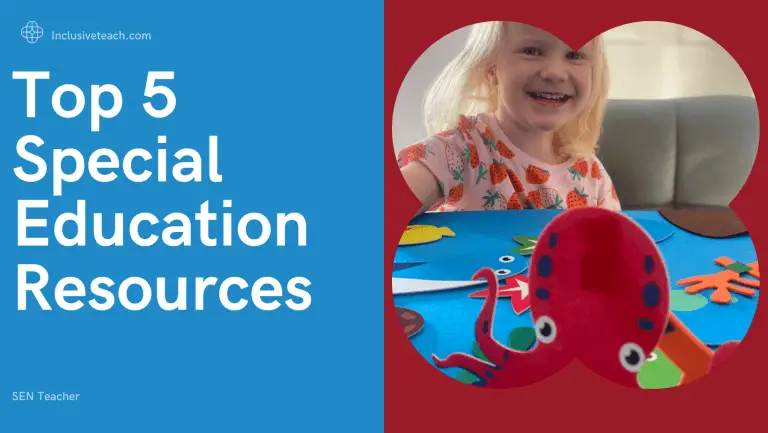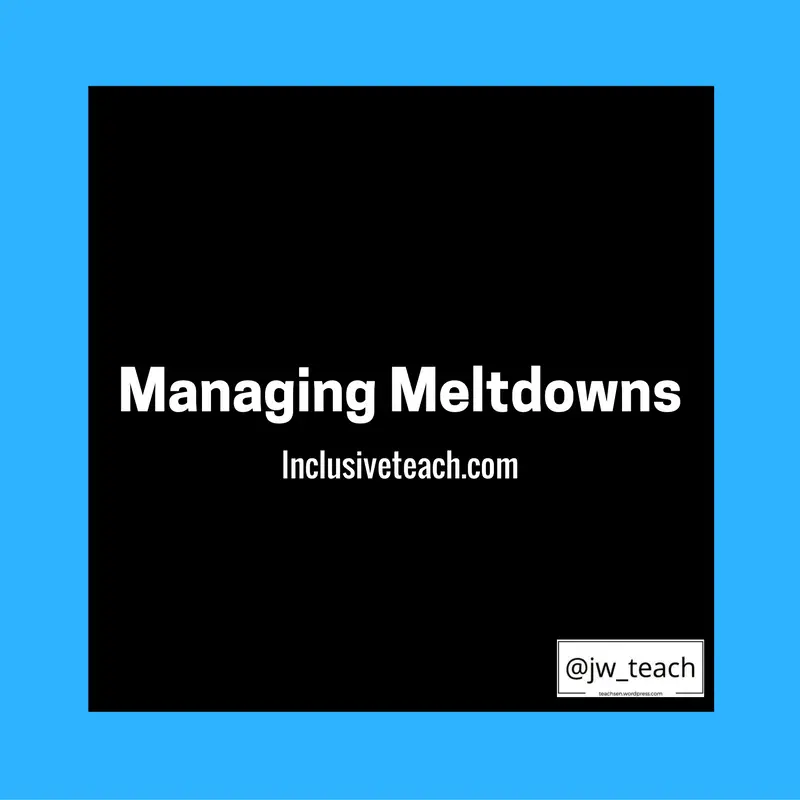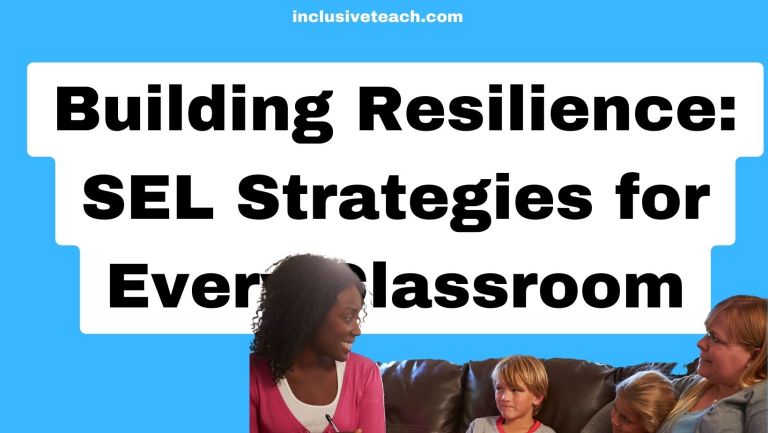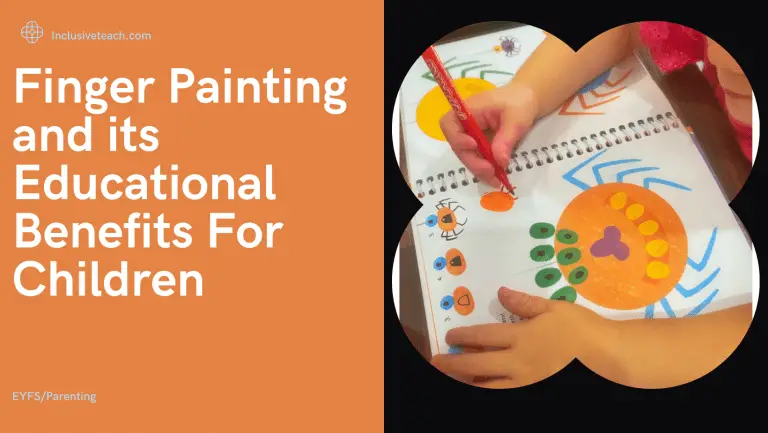Why Boundaries Matter for All Children
Boundaries, Discipline and Behaviour
Navigating the complex landscape of child discipline and behaviour management is a challenge faced by parents, educators, and caregivers alike. Ever since started teaching and then even more so when I had children this question has been asked in some form “Should we rely on punishments and sanctions to teach children right from wrong?” Or is there a more compassionate and growth-oriented approach that respects their neurodiversity? In this article, we will discuss the delicate balance between boundaries, consequences, and optimal learning for children. It builds well on one of our first popular posts on the site – Differentiation in Discipline, which did get a lot of push-back on certain social media sites. With the rise of trauma-informed practices and values-based, relational behaviour approaches in schools discussion around boundaries remains as relevant as always.
The Importance of Boundaries
Boundaries serve as essential guideposts for children as they explore the world around them. Here’s why they matter:
- Safety and Well-Being:
- Children need to feel safe. Boundaries ensure that they understand what behaviour is acceptable and what isn’t.
- When adults respond consistently and appropriately, children learn that their well-being matters.
- Community Awareness:
- Boundaries extend beyond individual needs. Children learn that others have their own boundaries too.
- Understanding community norms fosters empathy and social awareness.
- Emotional Tolerance:
- Children experience a wide range of emotions. Boundaries teach them that adults can tolerate their feelings—even when their behaviour is challenging.
- Emotional containment helps children regulate themselves, especially if adults are adept at co-regulation.
- Developmental Containment:
- Boundaries hold children safely as they grow. They adapt as developmental stages change.
- Consistent boundaries foster a sense of security.
Differentiating Boundaries from Preferences
Not all rules are true boundaries. Some are merely adult preferences or cultural norms. Let’s explore the distinction:
- True Boundaries:
- Safety and Well-Being: Boundaries prioritise safety and emotional health.
- Community Needs: They align with what the community requires.
- Developmentally Appropriate: True boundaries evolve with a child’s growth.
- Adult Preferences Disguised as Boundaries:
- Colour of Socks: Rules like sock colour are adult preferences, not safety boundaries.
- Sitting Still for Hours: Unrealistic expectations, especially for young children.
- Questioning Authority: Obedience doesn’t equate to understanding boundaries.
The Illusion of Learning Through Consequences
- Fear-Based Consequences:
- Harsh punishments create fear. Fear may lead to compliance, but it doesn’t lead to genuine learning or skill building.
- Compliance ≠ Understanding Boundaries.
- Optimal Learning and Development:
- Children learn best when they feel safe, respected, and understood.
- Fear inhibits optimal cognitive and emotional development.
Neurodiversity and Individualised Approaches
- Neurodiversity Perspective:
- Recognize that each child’s brain works uniquely.
- Some children process information differently, and rigid consequences may not resonate with them.
- Compassionate Alternatives:
- Positive Encouragement: Focus on reinforcing positive behavior.
- Natural Consequences: Allow children to experience the natural outcomes of their actions.
- Growth Mindset: Encourage resilience and learning from mistakes.
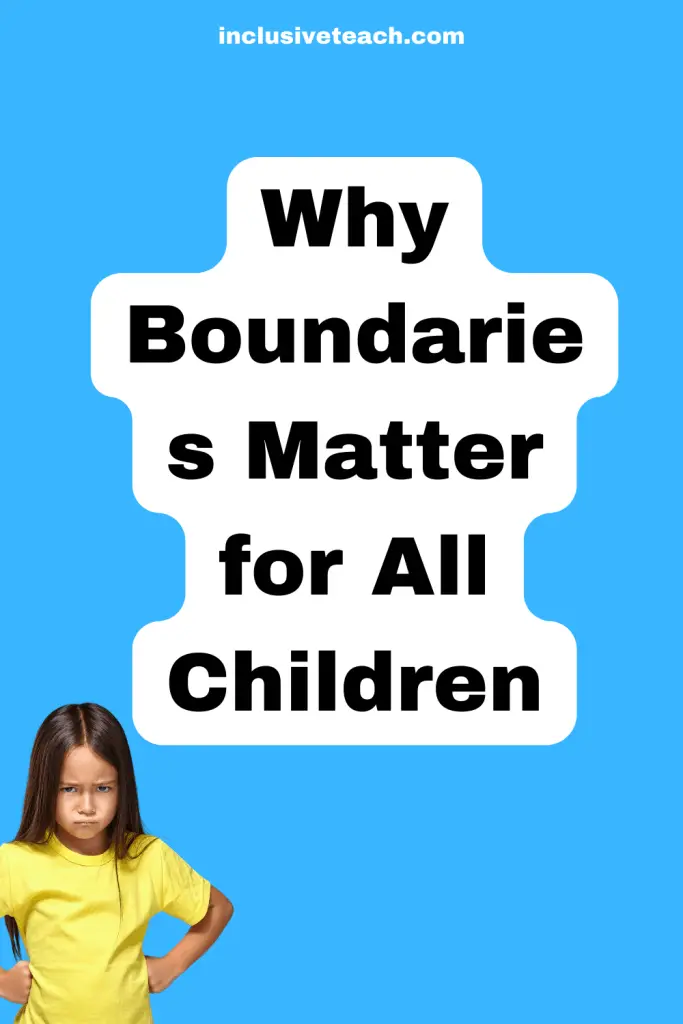
Final Thoughts on Boundaries
Children thrive when boundaries are compassionate, developmentally appropriate, and aligned with safety and community needs. Let’s move away from fear-based consequences and embrace a neurodiversity-affirming approach—one that fosters genuine understanding, growth, and resilience.
Boundaries hold children safely as they grow, they allow them to form respectful relationships and enjoy a higher quality of life.
References:
- What you need to know about behaviour and discipline in schools (Department for Education)
- Discipline, Punishment, and Rewards (Psychology Today)
- The Dark Side of rewards and punishments in the classroom part II (Chartered College of Teaching)
- How to Choose Consequences and Punishment for Kids (Verywell Family)

